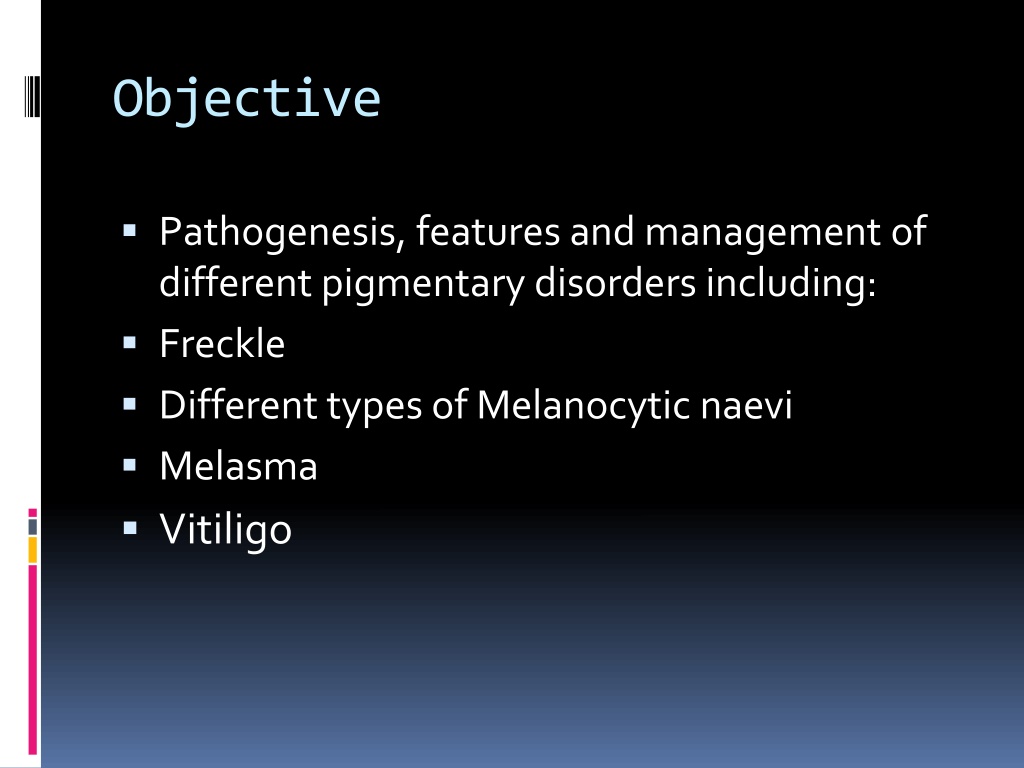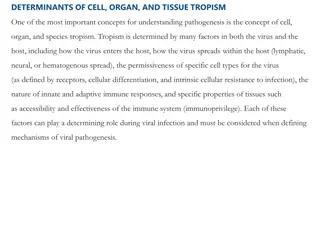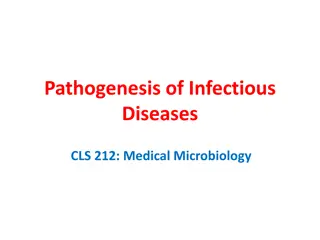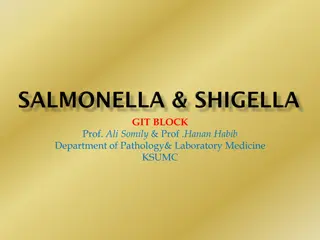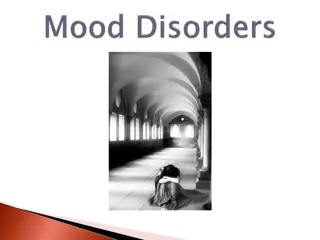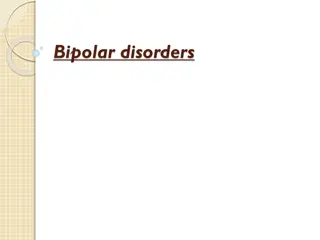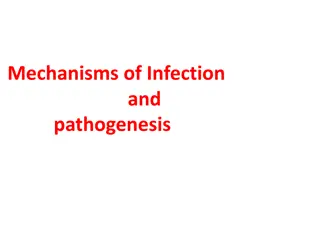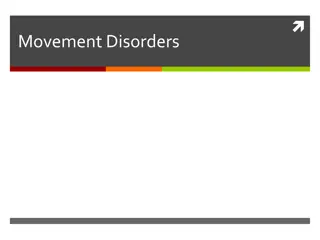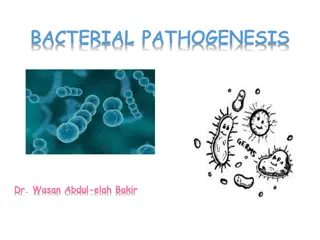Understanding Pigmentary Disorders: Pathogenesis, Features, and Management
Explore the pathogenesis, features, and management of various pigmentary disorders such as freckles, melanocytic naevi, melasma, and vitiligo. Learn about the causes, clinical characteristics, and treatment options for these common skin conditions.
Download Presentation

Please find below an Image/Link to download the presentation.
The content on the website is provided AS IS for your information and personal use only. It may not be sold, licensed, or shared on other websites without obtaining consent from the author. Download presentation by click this link. If you encounter any issues during the download, it is possible that the publisher has removed the file from their server.
E N D
Presentation Transcript
Objective Pathogenesis, features and management of different pigmentarydisorders including: Freckle Different types of Melanocytic naevi Melasma Vitiligo
Freckle (lentigo) Overactivity of an increased no. of melanocytes. Fair individuals Sun exposure in genetically predisposed individuals Sun sensitivity----sun block TTT: Pigmented laser (recurrence)
Melanocytic naevi (mole) Common Concern : ? early malignant melanoma Types: Acquired MN : very common, small, uniform, no need for ttt. ? Change in size, shape, edge, color Atypical naevi (dysplastic): larger with one or more atypical signs; risk of mm in the subject.
Atypical naevus (dysplastic)
Melasma (chloasma) Hormonally-stimulated increase in melanogenesis Face Pregnancy, OCP Darkly pig skin, Sun expoure TTT: sun block, bleaching
Vitiligo -Acquired cut. depigmentation -Kobner phenomena Causes - Genetic - Autoimmune dis. - Neural Natural coarse? Varied
Why? Loss of normal melanocytes Dopa stain
Special studies T4, TSH, FBS ANA/Ro/La (prior to PUVA)
TREATMENT Sunscreen (sunburn, koebnerization, tanning) Limited: Class 3 topical GC Topical Tacrolimus Topical PUVA Excimer laser Resistant, Stable of 2 years : Surgical Generalized Phototherapy Universal: Bleaching agent
